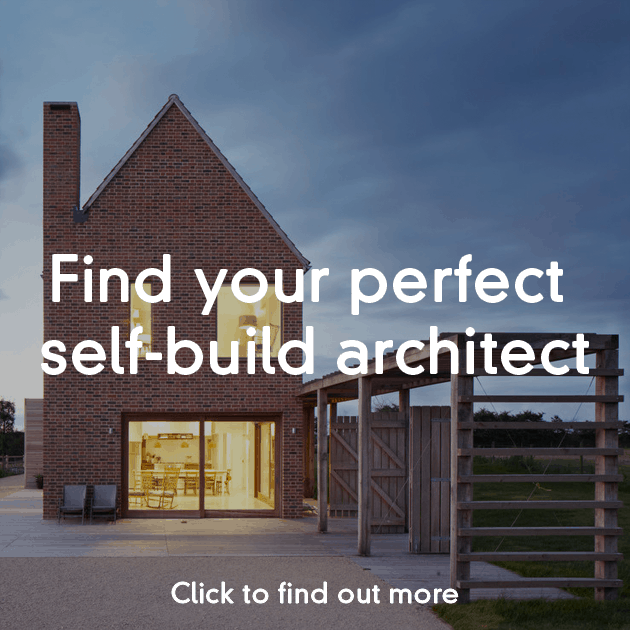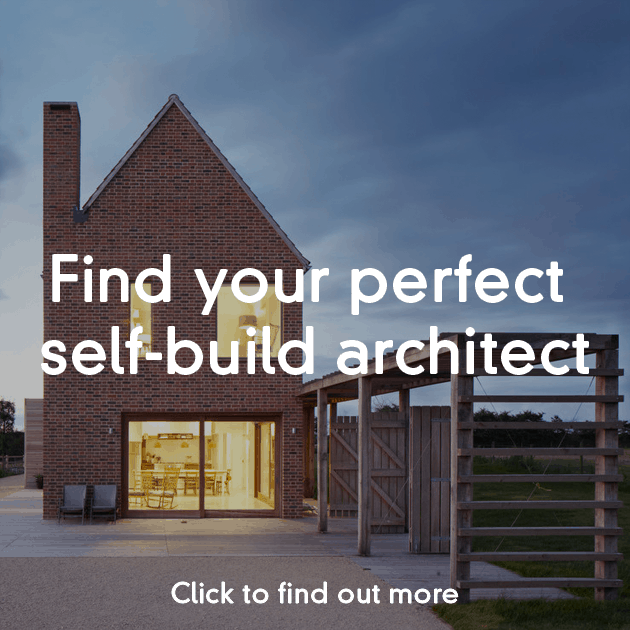Eco-friendly properties have become increasingly popular in recent years, with awareness of the climate crisis growing and more options for environmentally friendly alternatives on the market. But an eco house comes in various forms and styles – in 2025, this is how you can enhance sustainability for your own property.
What is sustainable home design?
Sustainability in home design is focused on reducing the environmental impact of the property. That might be through choosing eco-friendly materials, making sure rooms are energy-efficient, or implementing renewable power. The overall goal of sustainable design is to minimise the carbon footprint of the home, across its entire lifecycle.
Various green building certification systems, including BREEAM, establish benchmarks and rating systems to promote sustainable construction practices. These programmes set specific guidelines, such as incorporating a designated proportion of recycled materials, minimising water usage, or ensuring that at least 50% of construction waste is diverted from landfills, to encourage environmentally responsible building methods.
Natural fibres
One of the biggest sustainable trends for 2025 is the use of natural fibres. Materials like locally sourced timber, rammed earth, bamboo, and natural stone reduce the carbon footprint of construction while creating healthier indoor environments through their non-toxic, often breathable properties.
Wool carpets, for example, are biodegradable and help to improve energy efficiency in the home, while hemp-based insulation and sheep’s wool provide excellent thermal regulation without the chemical off-gassing associated with synthetic alternatives. Reclaimed wood and recycled metals are also being used more, integrating circular economy principles into architectural design.
Green walls and roofs
Both beautiful and functional, green walls and roofs promote sustainability in various ways. Not only do they provide natural insulation which minimises energy demands in the home, but they also absorb a vast amount of rainfall which prevents leaks and stormwater runoff.
The greenery blends seamlessly with the surrounding landscape, providing a natural habitat for birds and insects, and other pollinators. Finally, the plants filter out pollution and carbon dioxide from the air, helping your home play its part in reducing the effects of cars and industry.
There are several types of green roof. Extensive green roofs are typically shallow at between two to six inches deep. They’re designed to support low maintenance plants like mosses, grasses and sedums. Intensive roofs are designed for deeper growing mediums, between eight and 24 inches, and they can support a wider range of flora including flowers, shrubs and even small trees. Lastly, semi-intensive roofs are a hybrid of these two systems.
Prefabrication and modular construction
Prefabrication offers a practical response to rising construction demands by producing structural elements such as wall panels, roof trusses, and mechanical systems in a factory setting before transporting them for on-site assembly. This streamlined approach enhances quality control, minimises material waste, and accelerates the building process for homeowners.
Modular construction builds on prefabrication by completing the entire structure off-site in pre-assembled sections, which are then transported and connected at the final location. Designed for efficiency and sustainability, these modules are assembled into fully functional homes. Increasingly, people are opting for prefab homes due to their minimal waste, environmental durability, and the potential to integrate energy-efficient features like high-performance insulation, advanced windows, and optimised HVAC and lighting systems during production.
Tech adoption
Tech has found its way into so many industries, and home design and construction is no exception. Artificial Intelligence (AI) is one such example, changing how construction firms operate and build properties. It can be used to great effect to identify potential problems before they’ve occurred so solutions can be put in place earlier, handling repetitive tasks, and boosting safety on-site.
Similarly, Building Information Modelling (BIM) is being used increasingly to improve teamwork between architects, engineers and contractors, and help clients understand the project more clearly. Smart tech is also being embedded into the very design of the building, from smart lighting and security to climate control.
3D printing
3D printing will be a revolutionary tool in 2025, providing flexibility when it comes to construction for building components. It creates these elements using advanced materials like concrete or metal, with the assistance of BIM, forming them layer by layer. It reduces excess waste, can be used to test innovative solutions before they’re implemented permanently, and minimises downtime.
Greater energy efficiency
Energy efficiency is one of the most important elements of creating a sustainable home. A well-insulated, air-tight home with proper air sealing can significantly reduce heat loss and gain, providing a more comfortable and cost-effective home year-round. Installing high-performance water heaters, HVAC systems and smart devices like thermostats and automated lighting controls all help to conserve energy every day.
Passive design techniques are a growing trend, keeping heating and cooling needs to a minimum. This approach involves positioning windows correctly to maximise light, for example, or considering solar shading when designing the property. Renewable energy systems like solar panels and heat pumps also enable homeowners to meet their electricity and heating needs without compromising sustainability.
Building a sustainable, eco-conscious home is a key step for homeowners looking to lower their environmental footprint. By integrating green materials, features, and construction methods, sustainable home design can significantly cut down on the use of resources throughout their entire lifespan. These emerging sustainable design trends highlight an increasing focus on resilience and mindful living. Whether undertaking new construction or renovating an existing home, today’s homeowners have a broader range of choices to create efficient, long-lasting, and high-performance living spaces.
Your eco house architect
It’s important for you to have a basic understanding of eco design principles, but the most critical thing is that you find the right architect to guide you through the design decision making process.
Here at Design for Me, we can match you with the perfect architect for your eco build project. Choose up to three interested design professionals for an initial consultation. And it’s all completely free!
- Quickly see who’s interested in your job.
- Create a shortlist.
- Invite up to three for a no-obligation consultation.
Emily Design for Me

